A Buoy of Kindness
Thanks for all of your generous responses to my last post. The artist-blogger community never fails to surge forward with kindness after a troubling event, or a trying time, and I’m incredibly grateful for this virtual, palpably good community. You set the bar for civility and encouragement, and I’ll do my best to reach that watermark in an attempt to pay it forward.
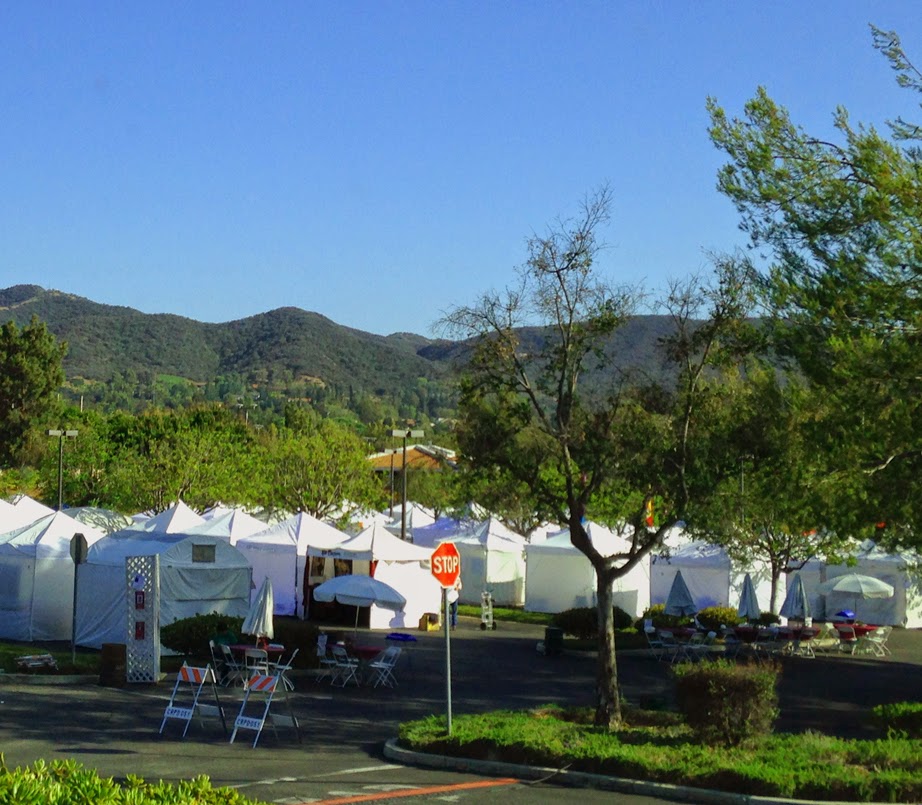
Extinct Art Festivals
For over a decade, I’ve visited with patrons, friends and family at upcoming art festivals here in Southern California. As of this Spring, several art festivals have gone the way of many galleries, and tossed in the towel.
If you’ve visited the Thousand Oaks Artwalk in June, or the Thousand Oaks Arts Festival in September, we will have to hang out somewhere else, because they’ve closed down. To balance the absence of those two venues, I’ll be launching a sale in my Etsy Shop soon.
Stay tuned for more details in upcoming posts.

Sneaky Art Making
I’ve been sneakily making art whenever I can, even at the expense of other things on my To-Do list. (Shhhh, don’t tell anyone.) I’m drawing at the kitchen counter while munching salad, making notes about art projects while replying to emails, and gridding-out drawings for future watercolors on the couch while my husband and I relax together after dinner.
I made this trace monotype awhile ago, and it’s been pinned to my art-board in the studio, whispering at me to finish her.
Since the reference photo was taken in the late 1950’s of my mother in law, the urge to work on the monotype was strong this week. I laid the first washes of watercolor on the paper while making phone calls, and added wispy lines of colored pencil to her hair on the couch in the evening. See the work in process shots below.
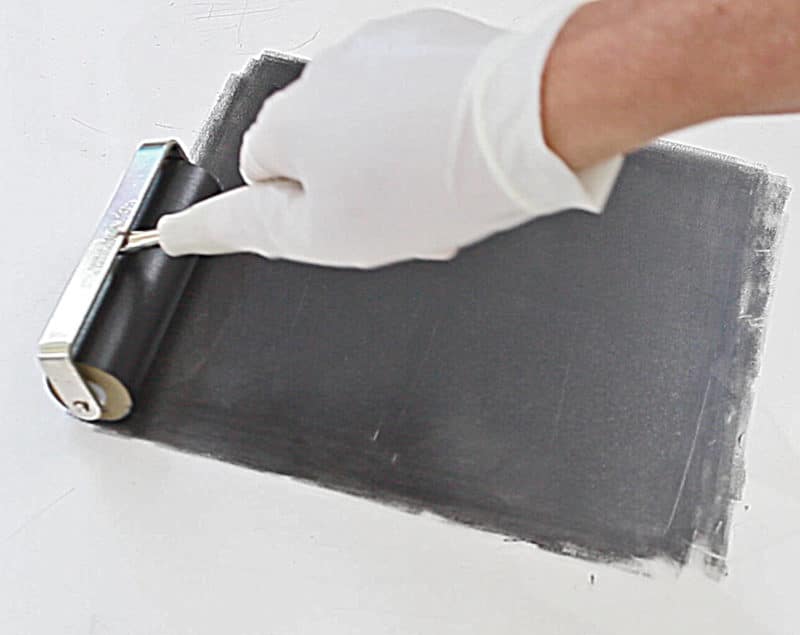
What is the Difference Between a Monotype and a Monoprint?
If you search for inspirational images related to trace monotypes, you’ll find that folks use the words monotype and monoprint interchangeably, even though they aren’t the same. It’s not crucial to delineate – because the internet is full of both terms referring randomly to these (and other) printmaking methods. But in case you want to know…
In printmaking, a monotype plate is featureless. The surface is absent of texture (such as engraved lines) that will affect the characteristics of the print. All imagery in monotypes are reliant on the artist manipulating pigments, resulting in one distinctive print. A monotype is made from pigment alone, manipulated by the artists hands and/or tools.
There is no repeatable element on the plate’s surface that would be visible if you inked the plate and pulled another print. The word mono refers to one; you get one monotype from the plate if you ink and print from it.
A monoprint refers to a plate with engraved lines, adhered materials or texture that is part of the plate’s surface, and its therefore repeatable on each print.
Variations result when the artist inks the plate with different colors and additional mark-making, but when they pull the print, the textures integral to the plate will be visible with each variation of the monoprint.
The same is true if stencils are used, or leaves and organic material are pressed into the pigments. Those are repeatable mark-makers, so the resulting art is a monoprint.
So now you’re in the know. 🙂 #artpartycocktailchatter If you’d like to see more examples and resources on monotype, visit this post.
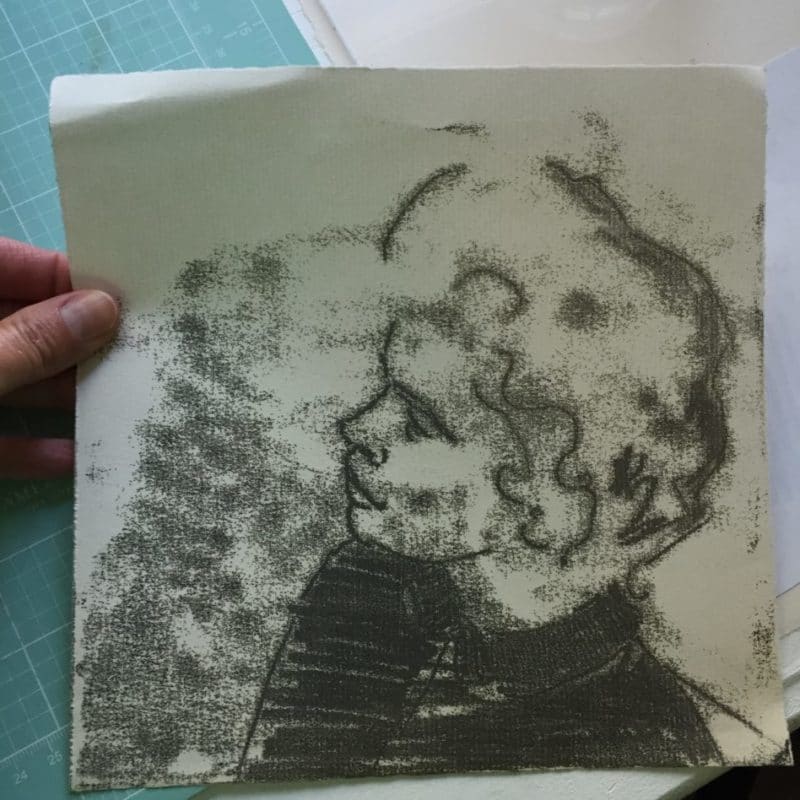
A Box of Potential
I keep a tall stack of monotype prints going back to 2005 in a box in my studio, waiting for their adventures with other media. It’s a stash bursting with potential, and the promise of pigment parties and fun.
Sometimes, the particulars of additional pigments are dictated by the paper the monotype was printed on (Example: no liquid pigments on Arches 88 paper since it has no sizing, etc).
This one hinted at both watercolor (even though the kozo paper has no sizing, so the pigments would travel and bleed into each other) and colored pencil. She said she wanted softly applied wet & dry pigments on top of that smokey, linear ink. At your service, my dear. 🙂
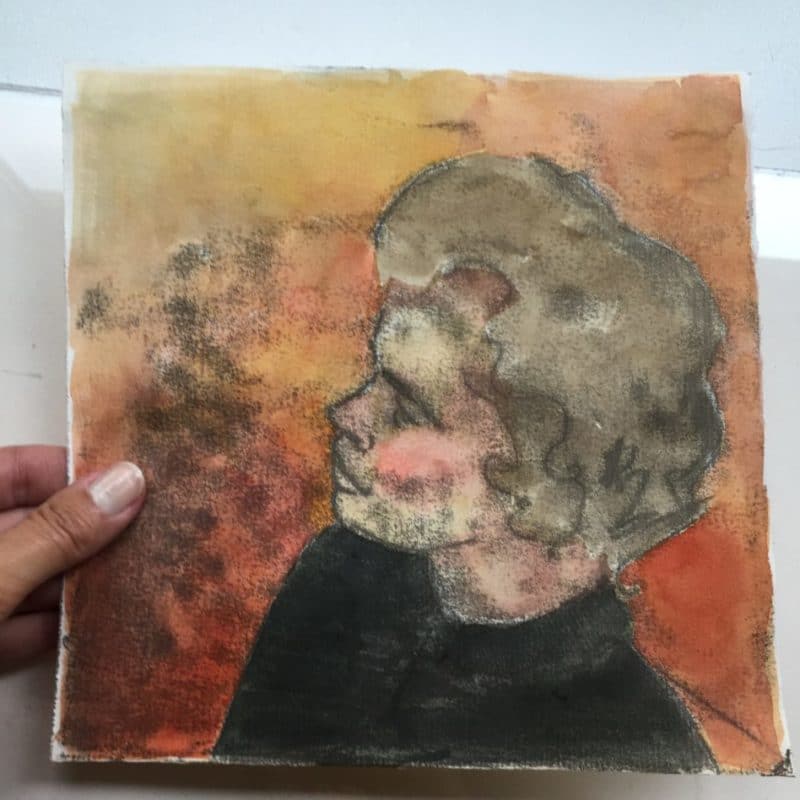
Mind your Materials
Mulberry paper, also known as kozo, is a very light, sometimes transparent printmaking paper that’s also very tough. It’s usually made with no sizing (starch or gelatin) from the innermost fibers of the mulberry tree, and it’s been used in printmaking for centuries.
Mulberry is sold in plain sheets, or with decorative, organic elements embedded into the fibers, like this kozo paper with bamboo leaves.
Painting with water media on unsized paper is like painting on a paper towel. The pigments absorb & travel, willy-nilly in all directions, and color sinks all the way to the back of the paper.
You have better success controlling watercolor meanderings on unsized paper with thin, dry-ish glazes, more akin to the viscosity of butter or printmaking inks.
I worked slowly on this trace monotype, applying pigment gently, and waiting for each application to spread & dry before adding more layers.
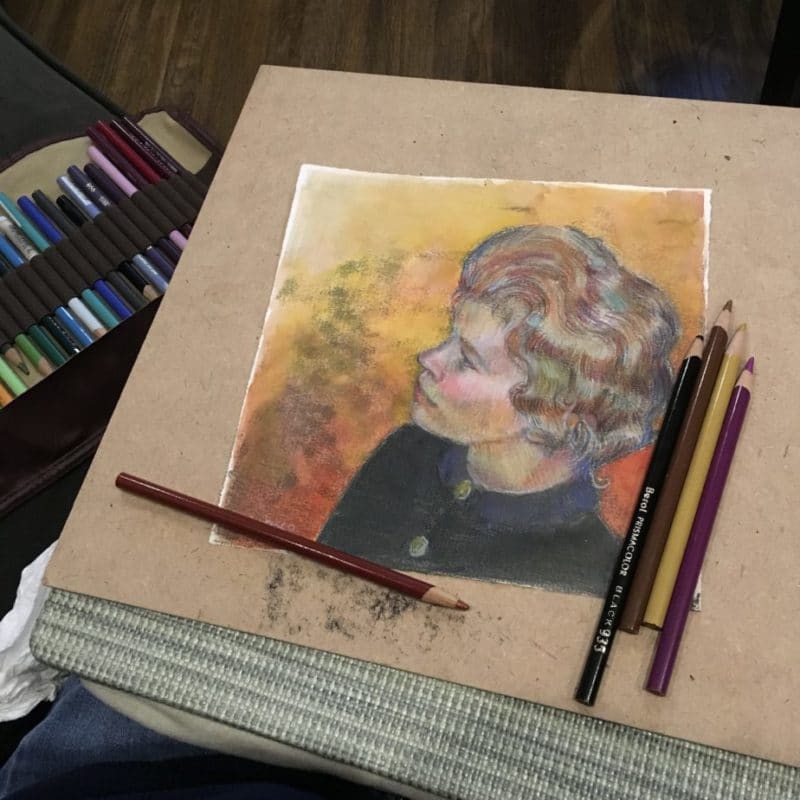
What is a Trace Monotype?
If you’re new to the method of trace monotype, here is one of three tutorial videos from my demonstration channel on youtube (below). This method is also called a Transfer Drawing Monotype. #somanywords
If you’re looking for supplies, each video has a Show More section that can be clicked to open a list with links to all the goodies you’ll need to make one of these monotypes on your kitchen table.
You don’t need a press to make a trace monotype.
Trace monotype is also used on fabric, and mixed media art to great affect. Here is a twenty five minute tutorial video that demonstrates printing from a sheet of plexiglass on hand died fabric (the same process works on paper) with basic supplies and no press.
Laura Kemshall is articulate & encouraging in her demo, so give it a look-see and get your art supplies ready for some after-dinner printmaking sitting on pillows at a coffee table!
Thanks for stopping by today, and have a creative week. I’ll see you in the next post!
Belinda
Art Quote
To live a creative life, we must lose our fear of being wrong.
Joseph Chilton Pearce
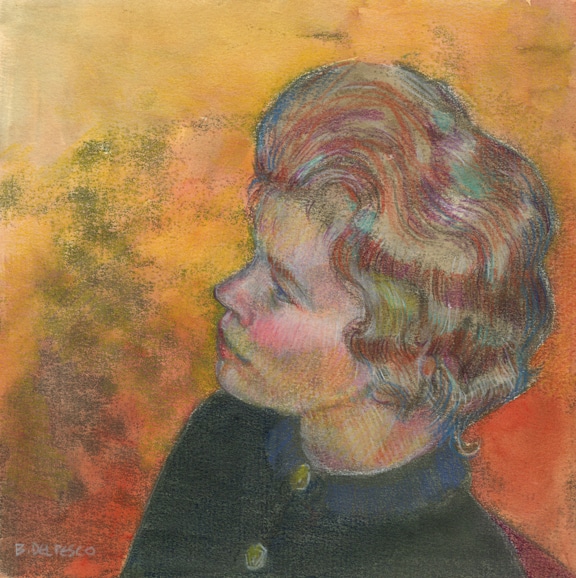
Monotype Transfer Drawing Print Supply List
Here are the basic supplies you'll need to create a monotype transfer drawing print without a press. These versatile prints can be left as standalone original works of art, or you can add color with all sorts of pigments like watercolors, gouache, colored pencils, pastels and wax crayons.
Caligo Safe Wash Etching Ink
This ink looks and feels and prints similar to traditional oil-based etching ink, but it washes up with soap and water. Solvents aren't necessary. The ink stays wet on the brayer and roll-out slab for a good, long time. Note: Don't use watercolor paper with sizing in it, as that will block absorption and slow the ink drying time. See paper recommendations in this list.
Inking Plate
Four 12x12 Clear Acrylic Sheets
These shiny, clear sheets of plastic are *perfect* for rolling out ink on all your printmaking projects. If you're printing in multiple colors, you can roll for colors - one per sheet - or 8 colors if you use the right and left sides of each sheet. You can also use these to print dark field and light field monotypes. The bonus for monotype prints is that the plates are totally clear, so you can trace your image in printmaking inks for better accuracy.
Printmaking Paper
This is the paper I printed my monotype transfer drawing on, and it works beautifully for both allowing the printmaking ink to dry, and for painting with watercolor afterward.
Rubber Gloves
Whenever you're working with pigments, it's wise to wear protection to keep the inks from getting on your skin. The inks I've recommended here are water wash up, but that doesn't mean they're non-toxic. Repeated exposure to paint, inks and modifiers are best done with a good barrier to protect the container we'll be cruising around in all of our lives. When handling ink, wear gloves.
Watercolors
Here is a good starter set for watercolors if you're not experienced with painting your printmaking projects. You'll be able to mix all sorts of new colors from these tubes of basic hues.
Watercolor Brushes
This set will give you plenty of options to add color to your monotype transfer drawings in broad strokes or fine details.
Making Monotypes (book)
If you've never made a monotype print before, this book is a treasure trove of history, approaches, supplies, methods, and ideas. It's out of print, but you can get it used, or at your local library.
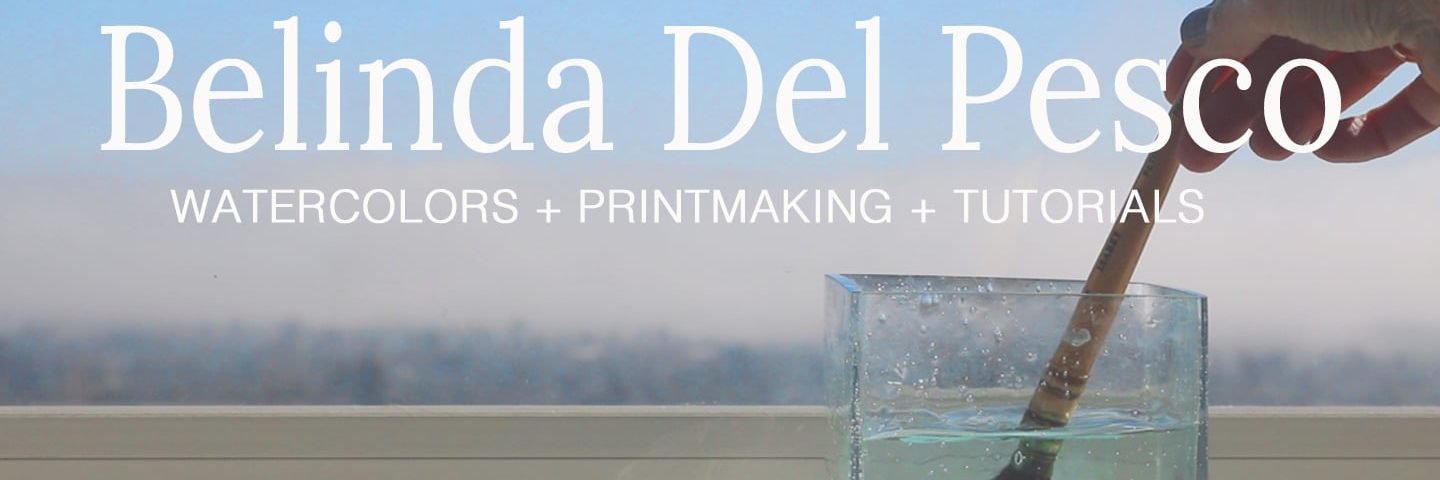
What did you use to cover the blotches on her face that were left by the trace monotype process?
Hi Celine – I used colored pencil to layer pigment over the marks I wanted to minimize. Give it a try – it’s very satisfying!
Happy printing!
I just shared your trace monotype video with friends for an afternoon studio play date. Fun process. You are an excellent instructor. You’ve shown more possibilities than I ever thought possible with this simple print process. We used speedball inks and and I created one print with some ancient Faust water soluble ink. Immediately I see the benefit of understanding viscosity. The thicker inks create cleaner prints, thinner inks have more all over transfer, both unique and now I have to see what to do with them next. Thank you for your generosity, sharing. I feel like you handed me a plate of cookies.
Hi Mary! I think it was YOU who handed me a plate of cookies with this note! Your afternoon studio play date sounds fabulous! And Yay-to-You for sharing monotype printmaking with a group of friends! Spread the LOVE! I’m so happy you all had fun, and the adventurous and flexible nature of trace monotypes has sparked your inspiration. Have fun laying some color on your new prints, and thank you again for sharing your play date with me! Cookie toasts all around!
Sorry for your loss.that image of your mother-in-law has sold out.just to let everybody know
This is a fantastic image.its kind of very organic.gerry
Hi Karen, Both shows had a really nice “vibe” with plenty of local art enthusiasts at the beginning, but the attendance had thinned considerably these past few years. I’m not sure what caused the decline, but as is the case with many art festival pontificators, the theories were plentiful. 🙂 We will have to be adaptable to find our patrons in other ways. Thanks for the visit and the compliment. XO
I’m sorry to hear that about the shows. I did the Conejo Valley one in the bank parking lot, but not the other Thousand Oaks one in the hilly area. Attendance seems to have slowed overall. I enjoy seeing your process and beautiful work, as always.